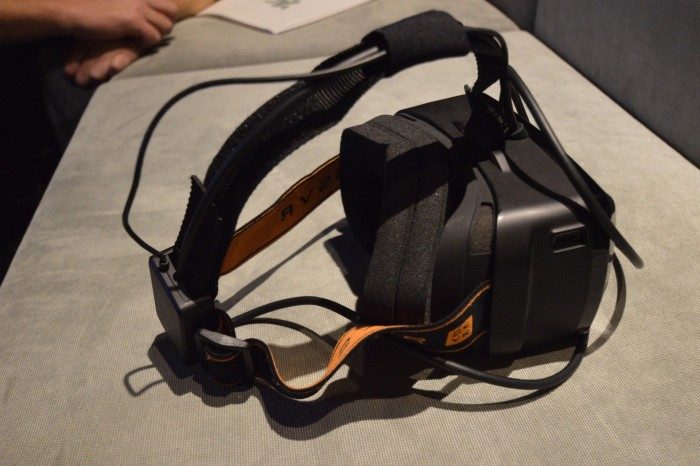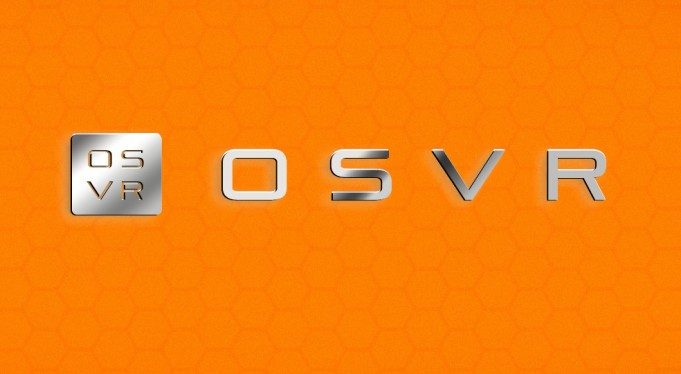The OSVR project is celebrating the addition of a further 65 companies in support of their initiative, among them GPU technology giant NVIDIA, adding a low latency, driver optimised ‘Direct Mode’ to the list of OSVR’s features.
OSVR has evolved rapidly since we first covered their launch at CES in January. The initiative is led by peripheral specialists Razer and virtual reality veterans Sensics and was setup to encourage the open sharing of all aspects of virtual reality technology, with the ultimate aim to drive and nurture progress in the field.
Along the way they’ve shown multiple revisions of their Hacker Developer kit (and you’ll be able to buy the latest soon), and today OSVR has announced that their supporters have swelled by a further 65 to a grand total of 230.

Among those announced, NVIDIA is one of the most significant. The GPU manufacturers Gameworks VR API is now utilised by OSVR’s ‘Render Manager’, the pipeline designed to deliver images to any hardware device that uses the open platform. The Render Manager provides (quoted from OSVR’s press release):
Direct Mode — the NVIDIA driver treats VR headsets as head mounted displays accessible only to VR applications, rather than a typical Windows monitor that your PC shows up on, providing better plug and play support and compatibility for VR headsets.
Front Render Buffering—enables the GPU to render directly to the front buffer to reduce latency.
Context Priority — provides headset developers with control over GPU scheduling to support advanced virtual reality features such as asynchronous time warp, which cuts latency and quickly adjusts images as gamers move their heads, without the need to re-render a new frame.
These features are of course not exclusive to OSVR, but it does mean the system keeps pace, at least on paper, with the likes of Oculus, who recently released v0.7 of their SDK and drivers supporting features like Direct Mode.
“Our work with NVIDIA is a key step towards achieving our goal of providing developers with a comprehensive infrastructure that allows creating high-performance VR and AR experiences regardless of the particular operating system, HMD platform, game engine or input peripherals,” says Yuval Boger, CEO of Sensics. “OSVR allows the VR/AR community to create exciting experiences without being locked in to any single vendor”.
Alongside NVIDIA, the initiative is welcoming a further 65 supporters to the fold helping to add to a “… fast-growing list of curated content ranging from 360-degree media to VR games from across the OSVR supporter network.” That curated content can be seen in more detail over at their website. OSVR are ensuring you’ll be able to get hold of this content more easily with online stores holding OSVR supported VR content, including:
Once the HDK becomes available in October, it’ll be interesting to see how the ecosystem evolves and how successful that ideal of an open virtual reality hardware and software platform is.







